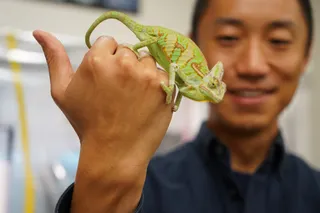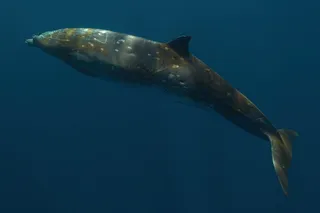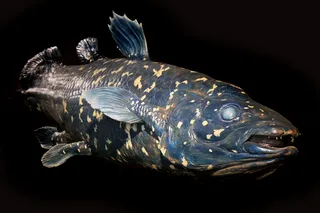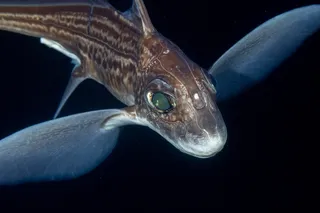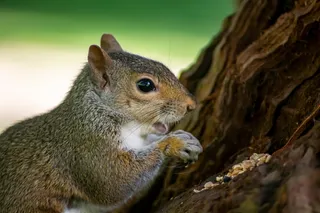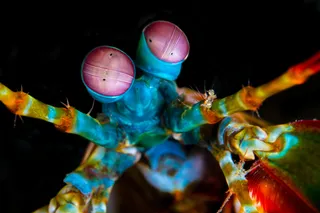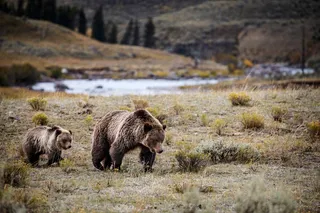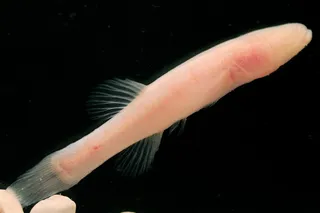Human segmental duplications are hotspots for nonallelic homologous recombination leading to genomic disorders, copy-number polymorphisms and gene and transcript innovations. The complex structure and history of these regions have precluded a global evolutionary analysis. Combining a modified A-Bruijn graph algorithm with comparative genome sequence data, we identify the origin of 4,692 ancestral duplication loci and use these to cluster 437 complex duplication blocks into 24 distinct groups. The sequence-divergence data between ancestral-derivative pairs and a comparison with the chimpanzee and macaque genome support a 'punctuated' model of evolution.
Our analysis reveals that human segmental duplications are frequently organized around 'core' duplicons, which are enriched for transcripts and, in some cases, encode primate-specific genes undergoing positive selection
. We hypothesize that the rapid expansion and fixation of some intrachromosomal segmental duplications during great-ape evolution has been due to the ...



